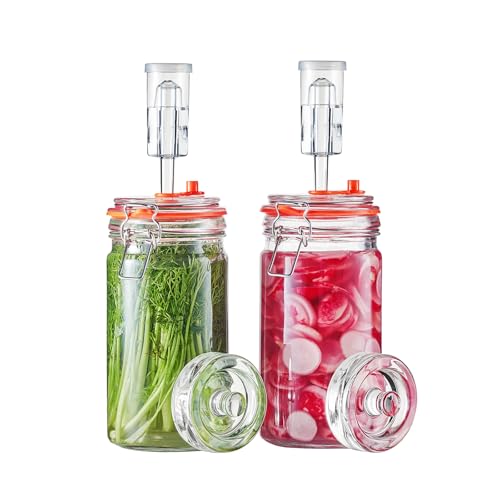BernardSmith
Senior Member
Thinking of making a one gallon of braggot.
My list of ingredients go like this:
1.5 lbs of Maris Otter barley (mashed and boiled with...)
Nelson Sauvin hops (.2 oz 60 mins; .1 oz 15 mins and .2 oz after first racking (7-10 days)
2 lbs White Sage Honey (added to cooled wort before pitching yeast)
Nutrient
Saison yeast
3- 6 months aging
oak chips 7-10 days before bottling
My expected OG approx 1.120
My final gravity (about 1.010) (approx 14.5% ABV)
More malt, less honey? More honey, less malt? less dry hops (after that first racking)?
My list of ingredients go like this:
1.5 lbs of Maris Otter barley (mashed and boiled with...)
Nelson Sauvin hops (.2 oz 60 mins; .1 oz 15 mins and .2 oz after first racking (7-10 days)
2 lbs White Sage Honey (added to cooled wort before pitching yeast)
Nutrient
Saison yeast
3- 6 months aging
oak chips 7-10 days before bottling
My expected OG approx 1.120
My final gravity (about 1.010) (approx 14.5% ABV)
More malt, less honey? More honey, less malt? less dry hops (after that first racking)?































![[Upgraded] 9Pcs Tree Root Growing Box with Drain Holes, Half Transparent Plant Rooting Propagation Ball & Metal Core Twist Ties, for Fast Propagation Plants (Size M)](https://m.media-amazon.com/images/I/514MWQxtWOL._SL500_.jpg)






















